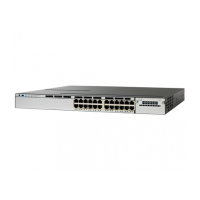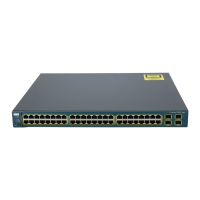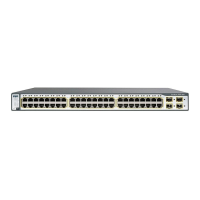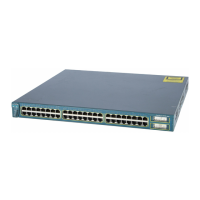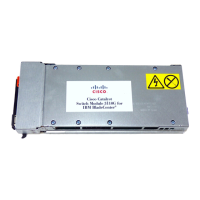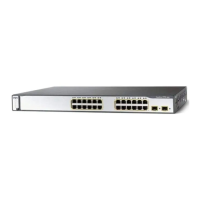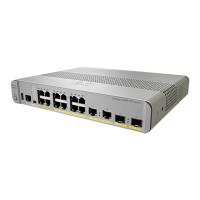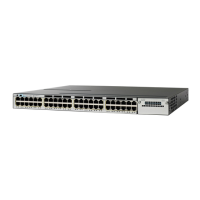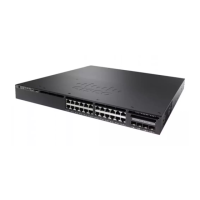© 2013 Cisco and/or its affiliates. All rights reserved. This document is Cisco Public Information. Page 22 of 54
By default the Cisco Catalyst 3850 Switch stack is configured as a mobility agent. In the wireless licensing model, a
mobility agent is the access point count enforcement point. A mobility controller is the access point count
management point. A Cisco Catalyst 3850 Switch stack can be configured as either a mobility controller or a
mobility agent, or both, depending on the deployment requirement.
Figure 3 shows a typical licensing protocol interaction between an AP-Count, a mobility agent, and a mobility
controller:
Figure 3. Licensing Protocol Call Flow
In a large deployment, a Cisco Catalyst 3850 Switch stack is the mobility agent, and a 5760 wireless controller is
the mobility controller. In a split mobility agent-mobility controller deployment, the AP-Count is managed at the
mobility controller level.
License Migration Between Switches
You can easily migrate RTU licenses between Cisco Catalyst 3850 Switches. Both image-based and AP-Count
licenses can be deactivated from one switch and activated on another switch. To deactivate a license, use the
license right-to-use deactivate EXEC command. To activate a license, use the license right-to-use activate
EXEC command.
These examples illustrate the process:
Example: Switch1 and Switch2 are nonstacked independent Cisco Catalyst 3850 Switches. To move the IP
Services image-based license and 50 AP-Count license from Switch1 to Switch2:
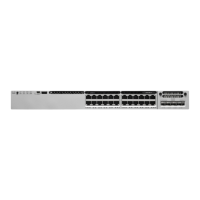
